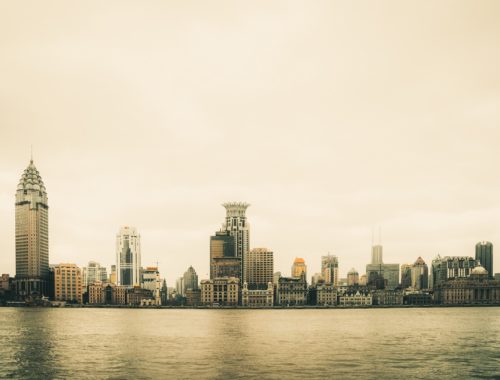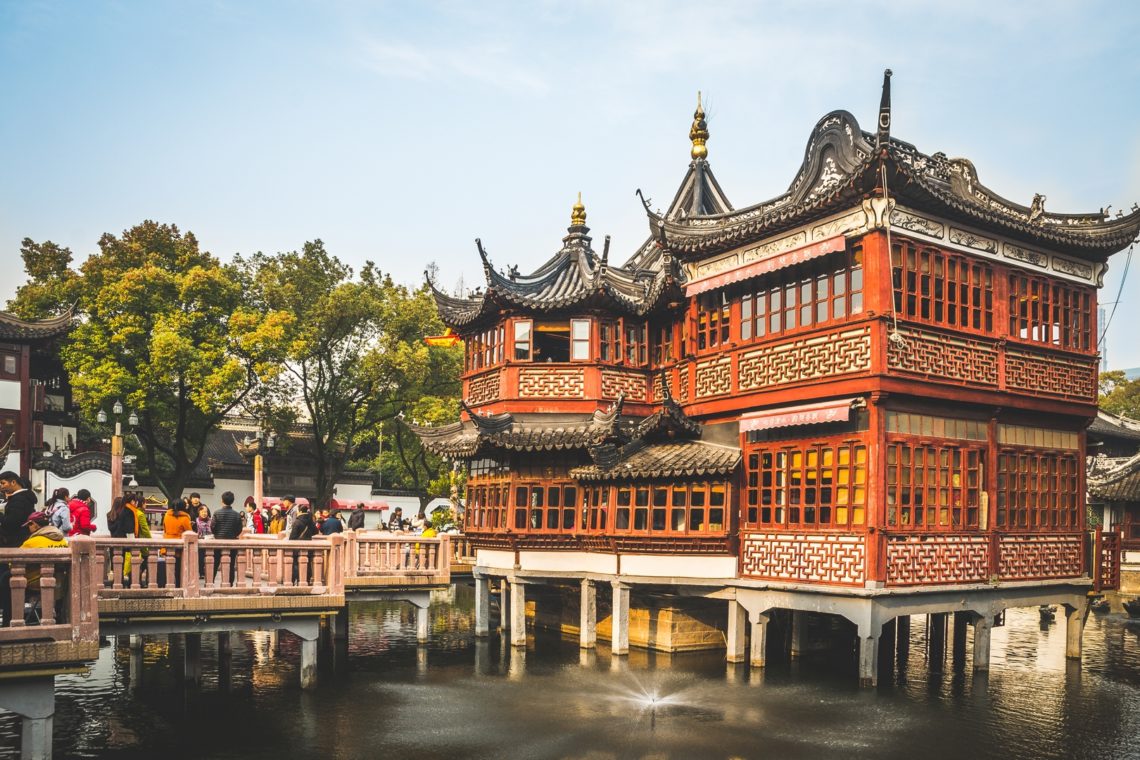
A Taste Of History In A Modern City: Yu Garden, Shanghai
Brief Impression of Yu Garden
Known as Yu Garden or Yu Yuan (豫园), the is one of the must-go places when you are in Shanghai. Located in Shanghai downtown area, this classical Chinese garden enjoys the reputation of being the “crown of beauty in Southeast China”. It is listed as one of the Four National Cultural Markets, the other three being the Panjiayuan Antique Market, Liulichang Street in Beijing, and the Confucius Temple in Nanjing. Many heads of state like Queen Elizabeth II of Britain and the Chinese First Lady, Peng Liyuan, as well as her guests from overseas, have all came to visit Yu Garden to admire and appreciate its natural beauty.
Apart from the lovely scenery, Yu Garden is rich in culture. The Garden was finished in 1577 by a government officer of the Ming Dynasty (1368-1644) named Pan Yunduan. Yu in Chinese means pleasing and satisfying, and this garden was specially built for Pan’s parents as a place for them to enjoy a tranquil and happy time in their old age.
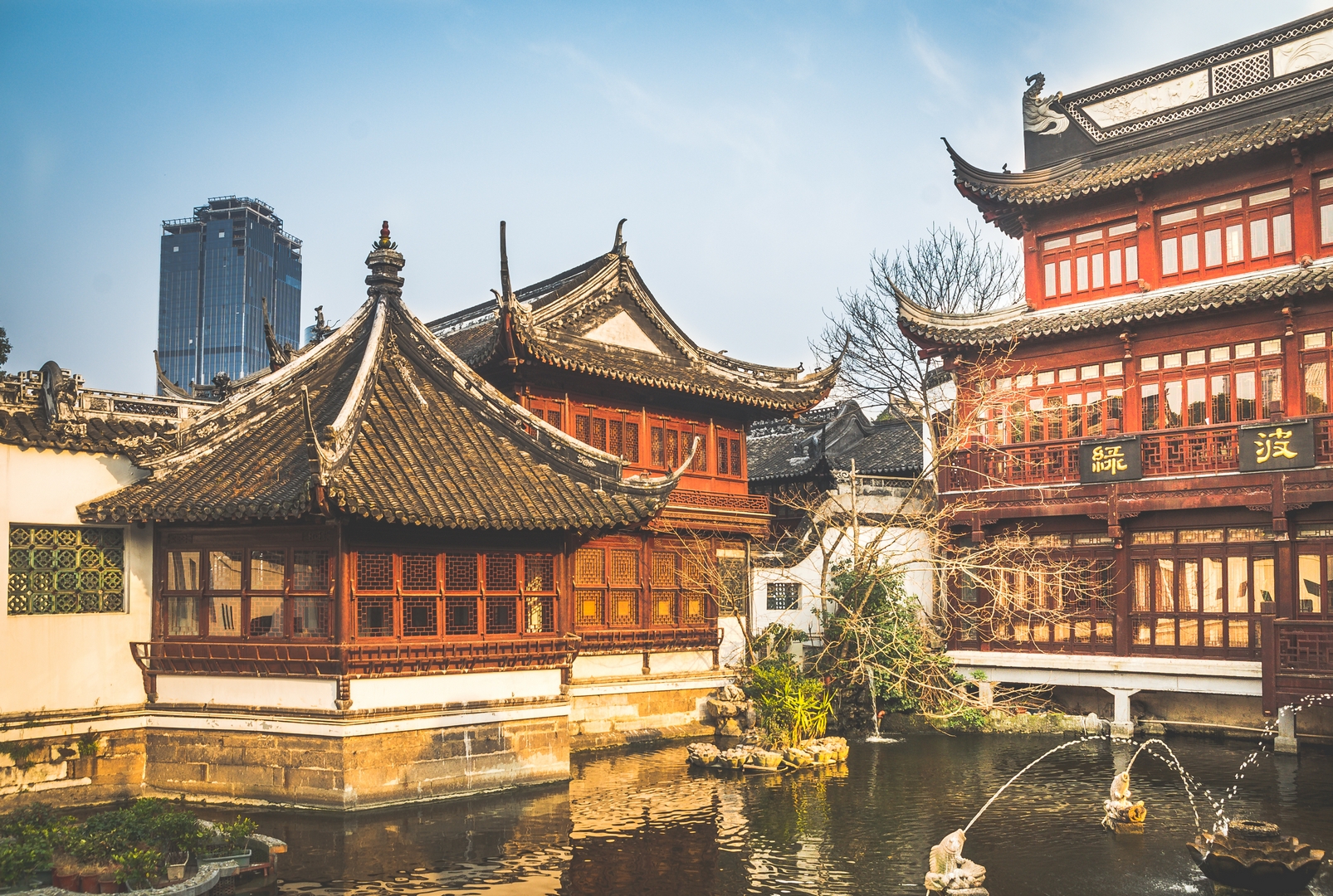
The 20,000-square-metre Garden is divided into six main scenic areas: Sansui Hall, Wanhua Chamber, Dianchun Hall, Huijing Hall, Yuhua Hall and the Inner Garden. Gray ridges forming the bodies of dragons undulated the top of the walls, with dragon heads at the ends, giving tourists the impression of imposing “dragon walls” separating each area. All the six parts of the Garden are unique with their own sights and features. Tourists can enter the main entrance and walk the path in a clockwise direction to visit the six main scenic areas then exit.
Six Scenic Parts of Yu Garden
Sansui Hall: It includes Grand Rockeries, Iron Lion and Cuixiu Hall. Upon entering Yuyuan Garden, you will encounter an alpine garden, which consists of 2000 tons of rare yellow stones fused together, called the Great Rockery. It is the largest as well as the oldest rockery in the Southern region of the Yangtze River. On top of the rockery, you can get a bird’s eye view of the garden. Sitting at the foot of the rockery, Cuixiu Hall is a quiet and elegant place surrounded by old trees and beautiful flowers. You will not regret taking many beautiful portraits of yourself in this sophisticated landscape. Sansui Hall was a meeting place for officials. This place is renowned for the wooden carvings of emblems that signify plentiful harvest like millet, rice and fruit.
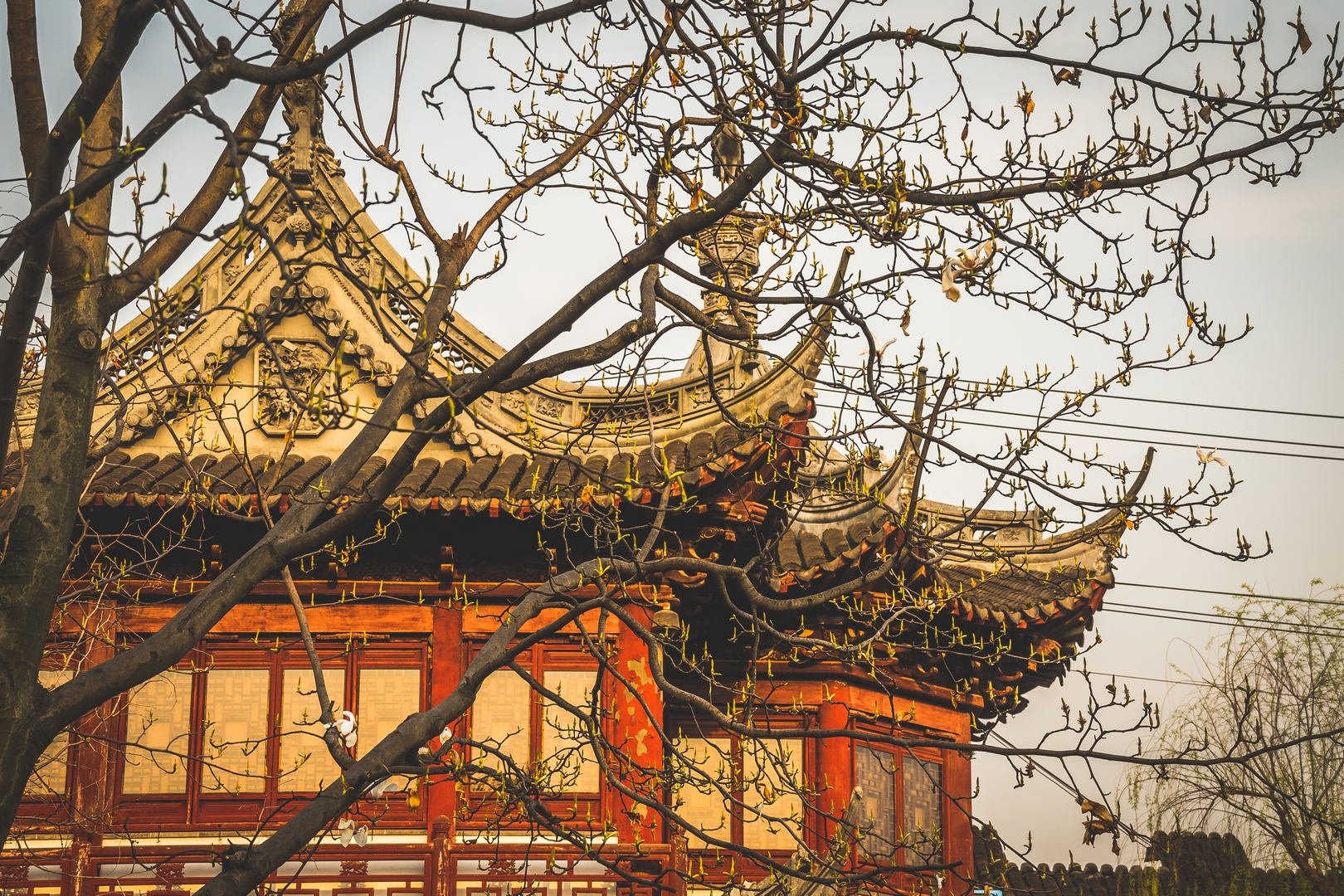
Wanhua Chamber: It includes Wanhua Chamber, Yule Pavilion and Double Lane Corridor. In front of the courtyard, there is a Gingko Tree that is said to be planted by the owner 400 years old ago.
Dianchun Hall: The Dianchun Hall area is located east of Wanhua Chamber, and includes Hexu Hall, Relic Hall, Ancient Well Pavilion, and the Acting-and-Sing Stage. Dianchun Hall was once the headquarters of Xiaodao Hui, a revolted group who fought against the government of the Qing Dynasty (1644-1911) during 1853-1855. The coins made by Xiaodao Hui and the bulletins they proclaimed are currently displayed in the hall.
Huijing Hall: It includes Jade Water Corridor, Three-Turn Bridge, Nine Lion Study.
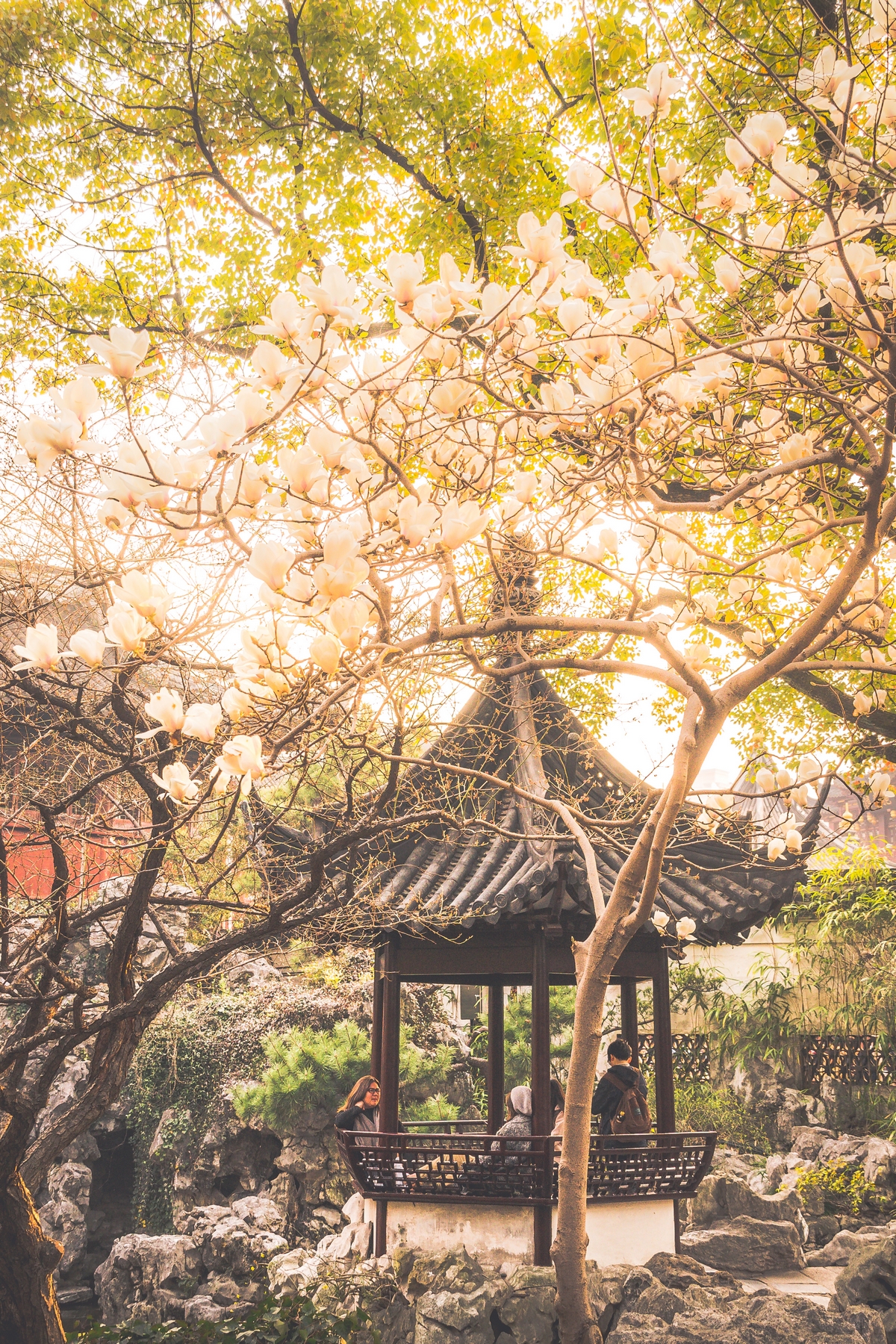
Yuhua Hall: Don’t miss the true treasure of the Yu Garden – Yu Linglong (Exquisite Jade Rock) – which is the most celebrated stone sculpture in the garden. Located across from Yuhua Hall, it is one of the three famous rocks in the southern region of the Yangtze River. What is interesting about this rock is that if you burn a joss stick just below the rock, the smoke will magically float out from all of the holes. Similarly, when you pour water into the rock from top, the water will flow out from each hole creating a spectacular sight to see. The furnishings in the hall were made of top grade rosewood of the Ming Dynasty, appearing both natural and graceful.
Inner Garden: The quietest part of Yu Garden. The Inner Garden was a separate garden built in 1709, but is now a part of Yuyuan in the south. It is compact and exquisite, and the rocks, pavilions, ornamental ponds and flower walls offer some of the most attractive sceneries in Yuyuan.
Enjoy Being Lost
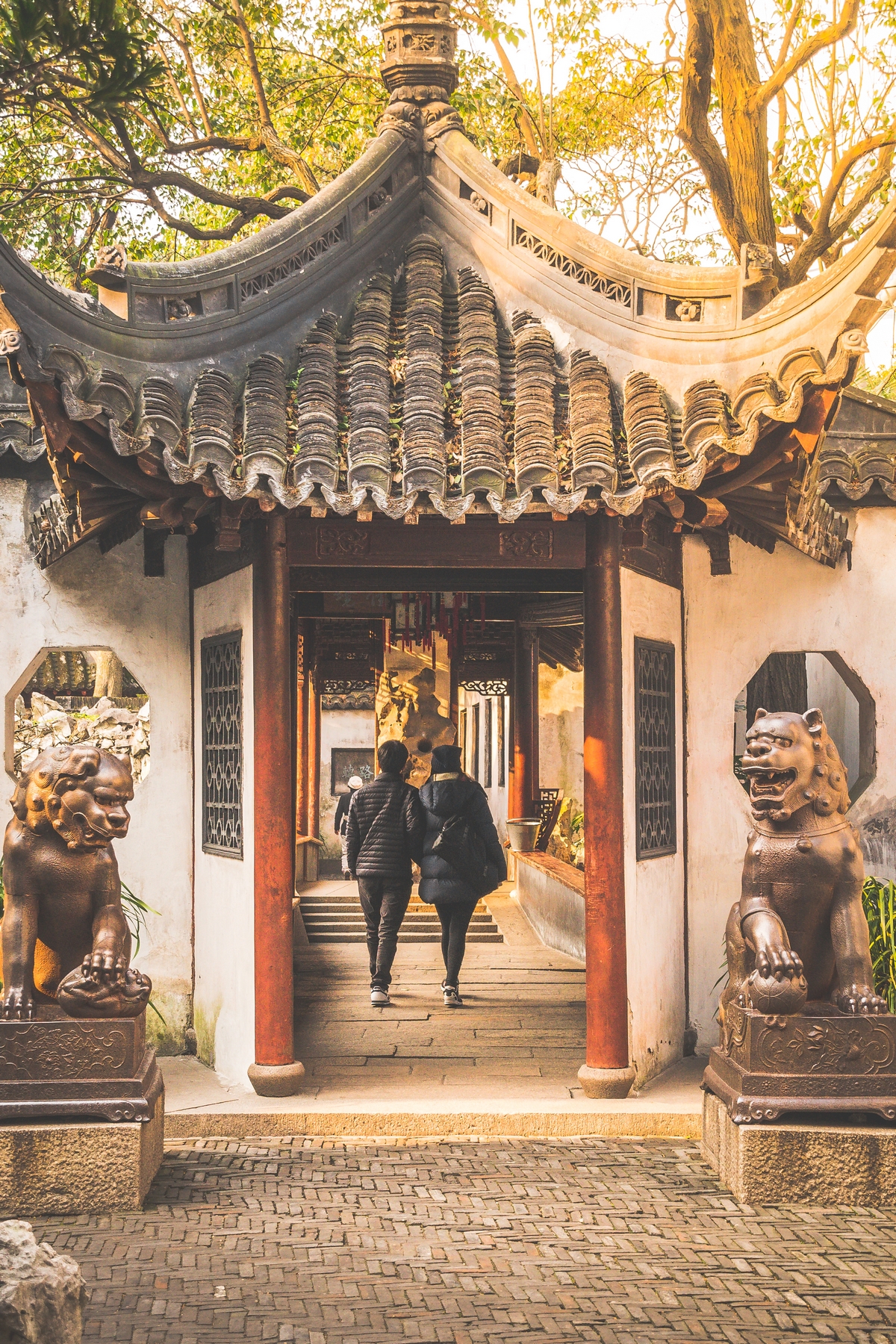
The place is a little tricky to find but I assure you the effort will be worth it. You will be rewarded with a beautiful sight of ancient buildings and little shop houses among the scenic nature. There always seem to be side streets that lead you to somewhere else. Enjoy being lost and discover some interesting shops.
You can spend many hours strolling down the laneways, admiring the exquisite details of the architecture while hunting for quality knick-knacks in the shops. There are hundreds of shops, selling an array of goods such as silks, jewelries, arts, crafts and local snacks. Most of the items are not cheap, but if you are lucky, you may succeed with some bargaining.
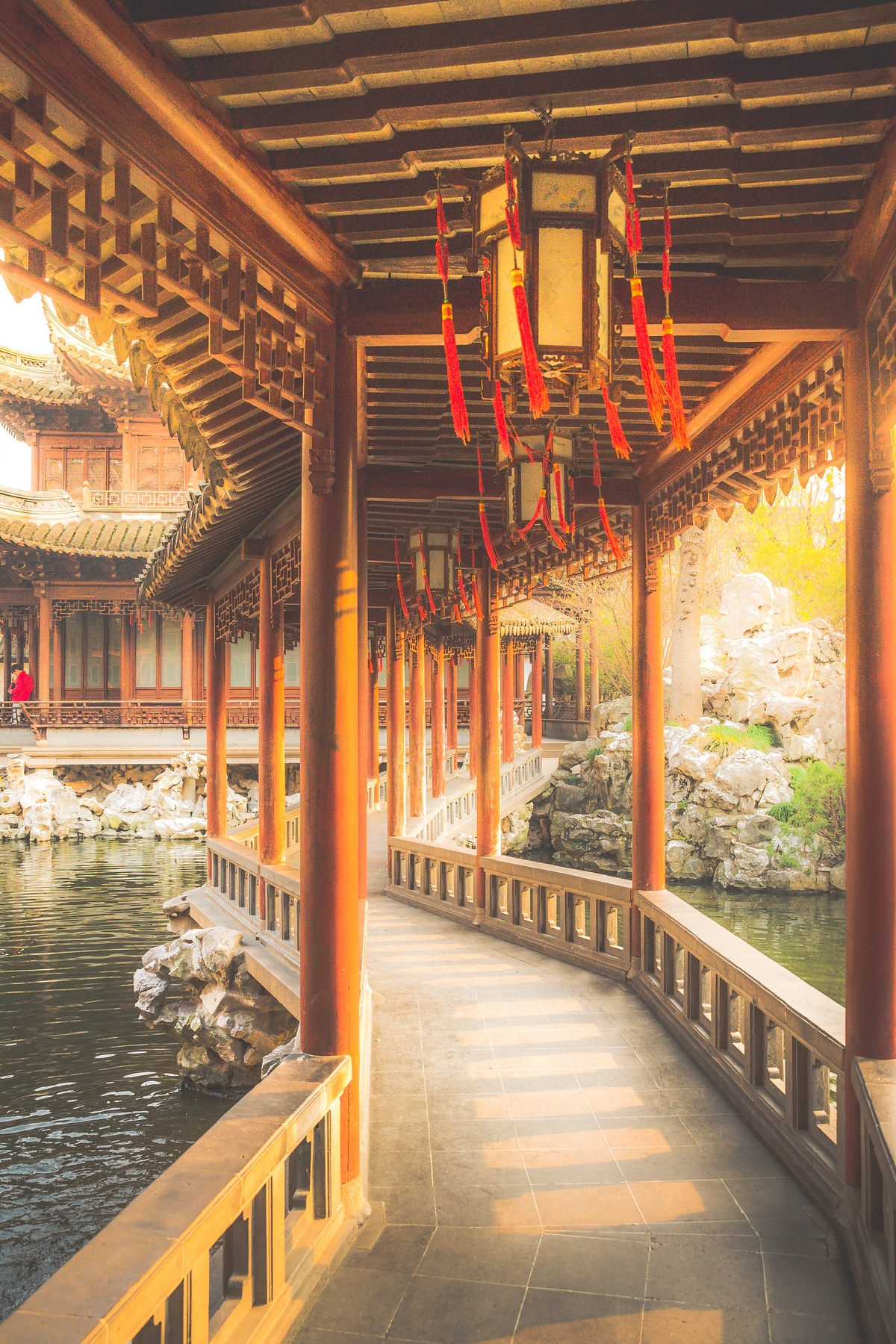
As a national living treasure, the area feels like a virtual maze full of restaurants, cafes, shops, traditional buildings, gardens, pavilions, bridges and a lovely temple. You can spend the whole afternoon exploring the cultural site, soak up the ambience over tea at one of the historical teahouses, or get some cute souvenirs while shopping at the bazaar.
Travel Tips
One word of advice: Don’t attempt to leave the area on weekdays at about 4-6 p.m. You will be overwhelmed by the flock of tourists who are all returning via taxi, so it can really be one’s worst nightmare.
If you have time, stay till the evening and enjoy the night scenery at Yu Garden, which is pretty much different from its daytime appearance. The neon lights are fantastic. They bring out the vibrance and bustle of nightlife, which contrasted with the gentler and more poetic outlook of the day. Get ready an extra battery for your digital camera or a power-bank if you are using your smartphone – Your camera will go crazy, busy capturing the sights and stuff.
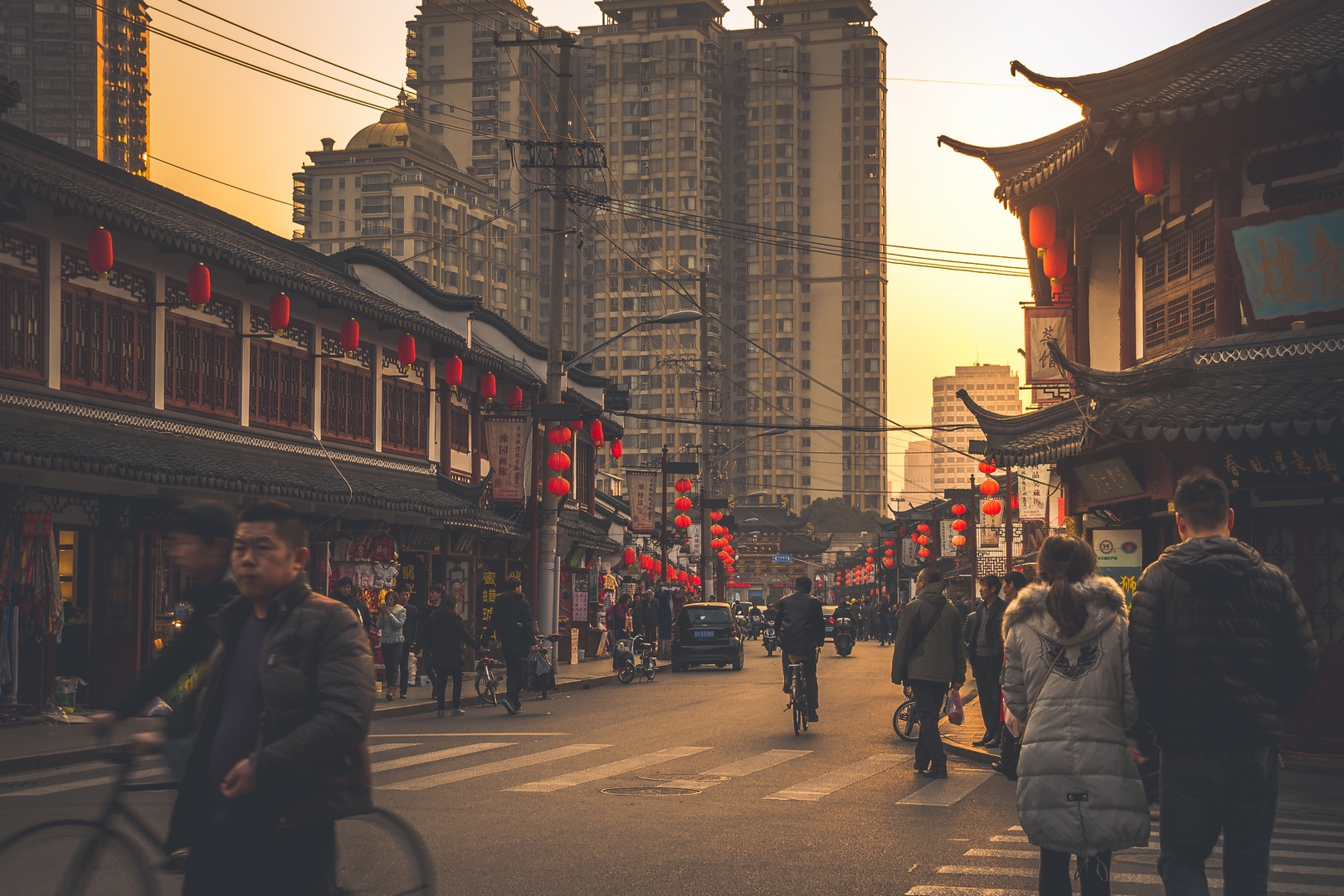
Given its popularity, do expect that the garden will be extremely packed with foreign tourists as well as local tour groups. Like anywhere you travel to, be careful of pickpockets and always keep an eye on your belongings.
How to get to Yu Garden
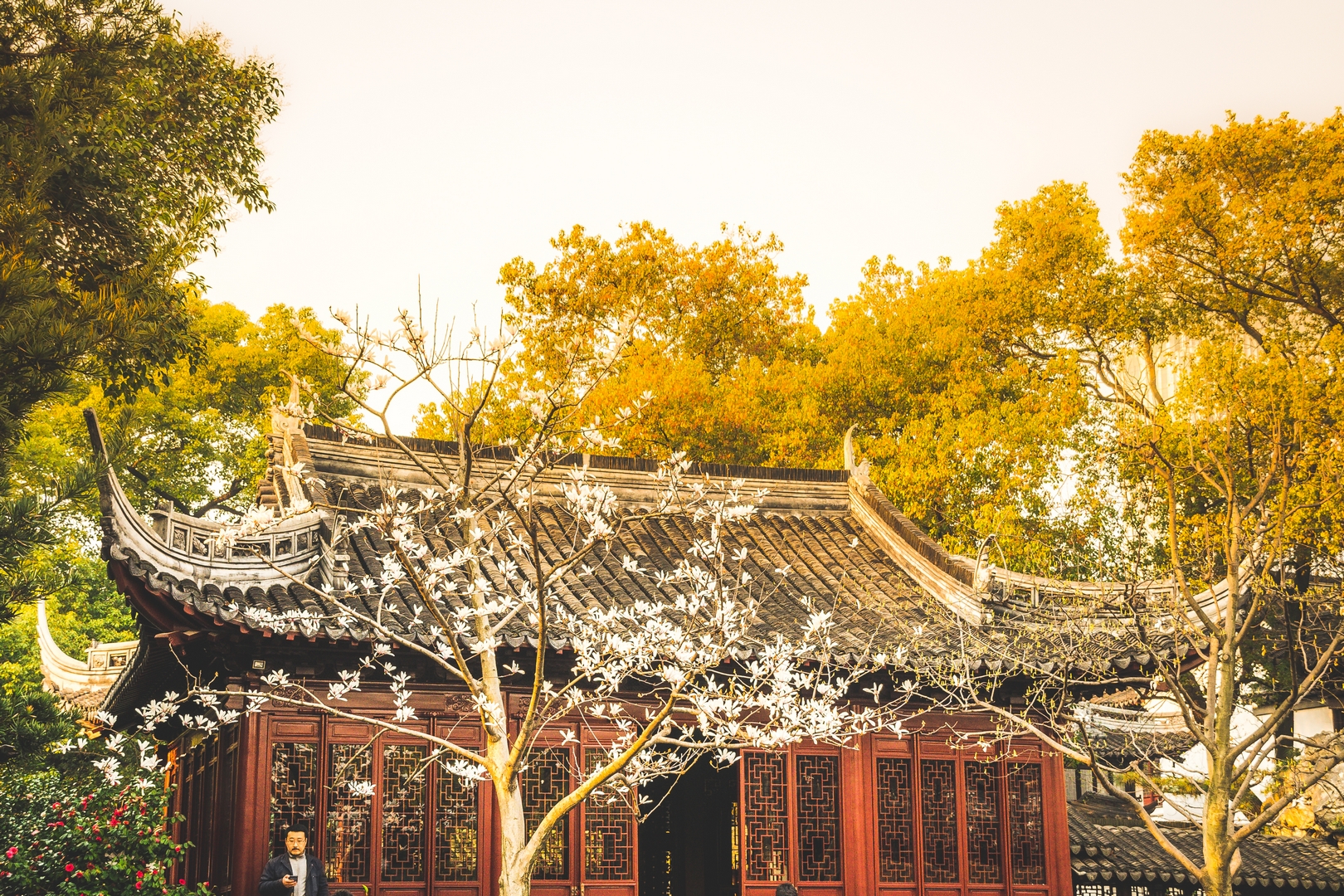
Location:
No. 137, Anren Street, Huangpu District
By Bus:
1. Take bus 11, 26, 64, 736, 805, 920, 926, 930 and get off at Xinbeimen Station, and then walk along Anren Street to reach the garden.
2. Take City Sightseeing Bus Line 1, 3 or 5 to get there.
By Metro:
Take Metro Line 10 and get off at Yuyuan Station. Leave from Exit 1.
You May Also Like
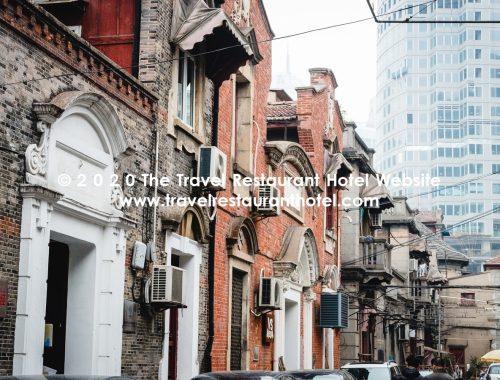
石庫門, 上海 (日本語)
September 5, 2020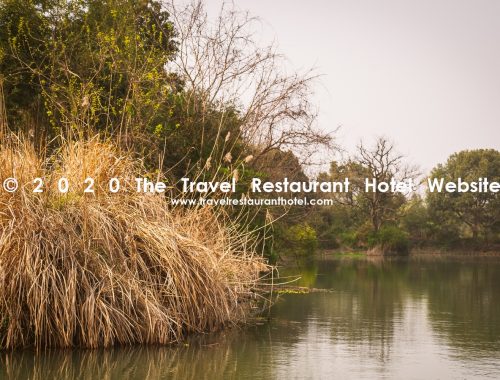
Beragam Festival dan Kegiatan di Xixi Wetland, Hangzhou (Bahasa Indonesia)
March 28, 2020